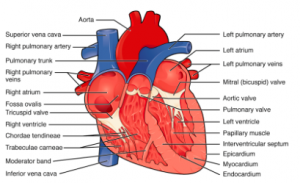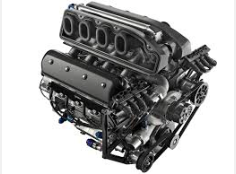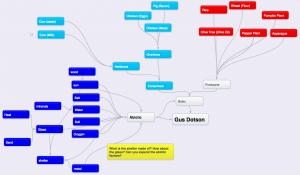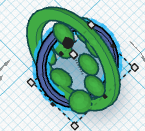Of course, the heart is an important organ. Without your heart, you wouldn’t even be alive. However, the heart is a lot more complicated than “it pumps blood.” Sure, it pumps blood but that blood is also carrying oxygen, which helps all your cells live and fulfill their own functions. Plus it is carrying white blood cells which destroy other cells that are sick. The heart is like the engine of a car in that we refer to these parts as being responsible for running the larger system. However, just like an engine, the heart must still rely on other parts to work. Just like a car needs gas and a driver, a heart needs oxygen and a brain, as well as many other assistant systems.

The Heart

A Car Engine
| Structure |
Function |
| Right+left Ventricle |
The place in the heart that is in charge of pumping oxygen-drained blood to the lungs. The right + left ventricles are two of the four sections in the heart. The Atria are the other two. |
| The Pericardium |
A fibrous covering that holds the heart in place. It has a fluid that “lubricates” the heart in the pericardium space to prevent friction. It has two layers, one of which is a visceral layer, which covers the heart. The other forms a sac, which has a fluid in the pericardial cavity. |
| Right+Left Atrium |
The atria are chambers that receive blood from the veins.
The ventricles are chambers that pump blood out of the heart. |
| The Myocardium |
The myocardium of is a muscle heart wall and constantly needs oxygen because it is hard-working so there is an extensive network of veins to supply oxygen and nutrients so it can function properly. It’s other purpose is to dispose of waste. |
| Valves |
Pumps need valves to keep the liquid going in one direction, and the heart isn’t an exception. The heart has two kinds of valves that keep the blood going in the right direction. The valves between the atria and ventricles are atrioventricular valves (also called cuspid valves), while the ones at the bases of the large vessels leaving the ventricles are semilunar valves.
The right atrioventricular valve is the tricuspid valve. The left atrioventricular valve is the bicuspid, or mitral, valve. The valve in between the right ventricle and pulmonary trunk is the pulmonary semilunar valve. The valve between the left ventricle and the aorta is the aortic semilunar valve.
When the ventricles contract, atrioventricular valves close up to stop blood from flowing back into the atria. When the ventricles relax, semilunar valves close to stop blood from going back into the ventricles. |



